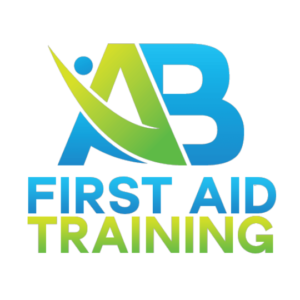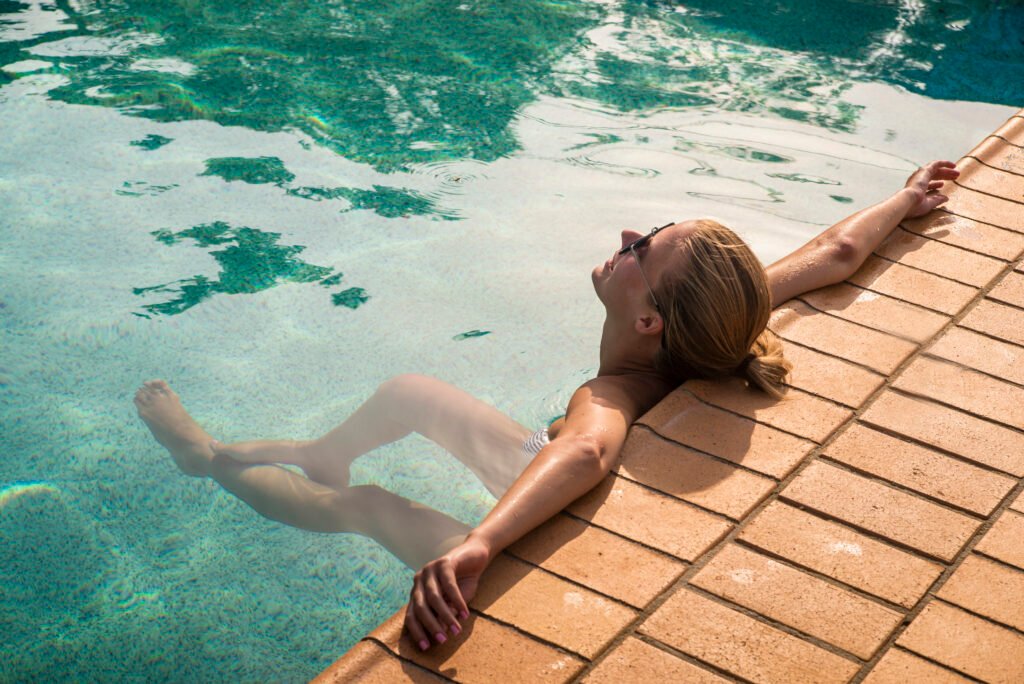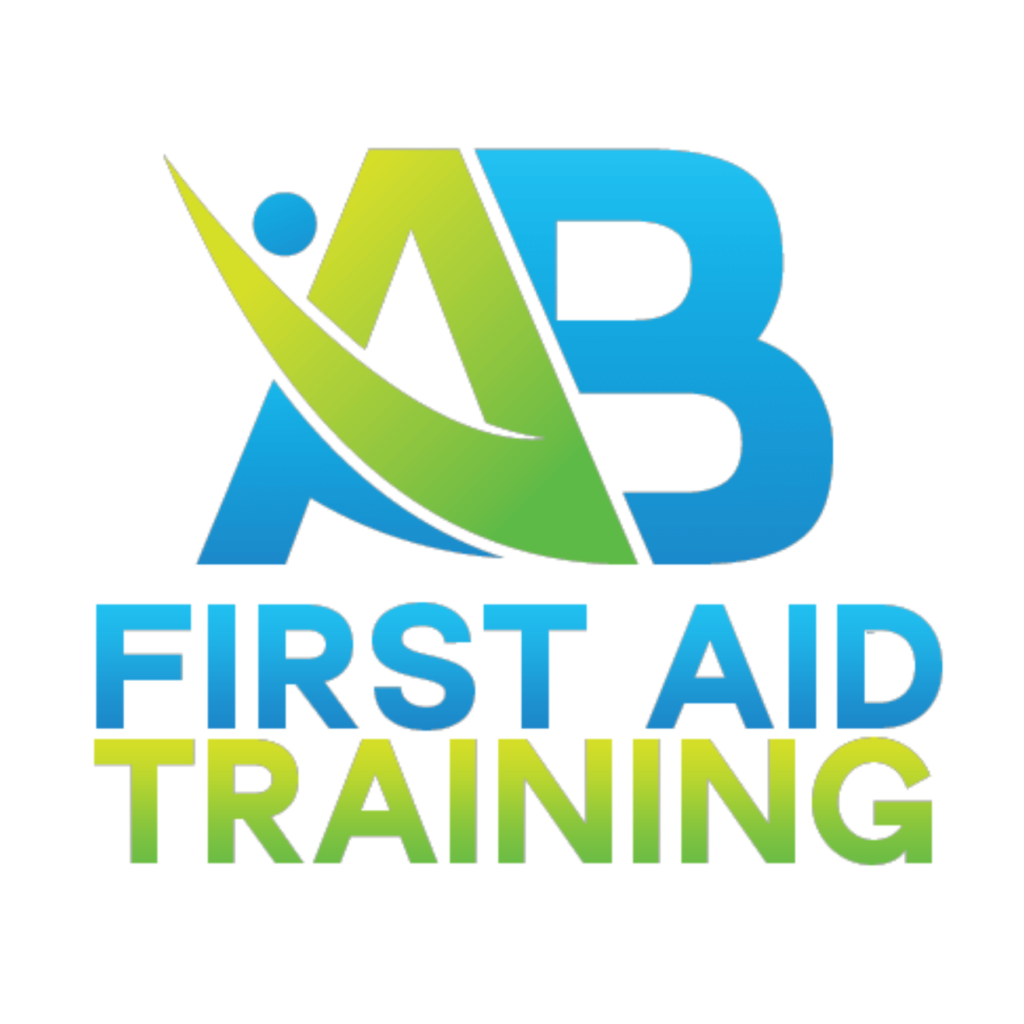Water safety is a crucial life skill for students in Australia, a country surrounded by beautiful beaches and countless opportunities for aquatic activities. In this blog post, we will explore the importance of teaching water safety in Australian classrooms and provide creative and engaging ideas for teachers to ensure their students are well-prepared to enjoy the water safely. At AB First Aid Training, we understand the significance of water safety, and our courses offer comprehensive insights into this vital skill. To learn more about how our training can benefit educators and students, visit our website AB First Aid Training or call us at 03 8364 8984.
Teaching Water Safety in the Classroom:
- Understanding Water Hazards: Educate students about the potential dangers of various water environments, including the ocean, pools, and rivers.
- Basic Swimming Skills: Provide basic swimming lessons or encourage students to take swimming classes to build essential water skills.
- Watercraft Safety: Discuss safety measures for various watercraft, such as boats, kayaks, and paddleboards.
- Rip Current Awareness: Teach students about the risks of rip currents at the beach and how to identify and respond to them.
- Life Jacket Use: Demonstrate the importance of wearing life jackets and how to properly fit and use them.
- CPR and Water Rescue: Offer basic instruction on cardiopulmonary resuscitation (CPR) and water rescue techniques for emergency situations.
Creative Water Safety Ideas for Teachers:
- Water Safety Games: Develop games and activities that teach water safety principles, such as water tag or a “rescue relay.”
- Guest Speakers: Invite lifeguards, surfers, or members of the local coast guard to share their expertise and real-life experiences with water safety.
- Simulated Water Scenarios: Create simulations of water emergencies in a controlled environment where students can practice their response skills.
- Water Safety Art Projects: Encourage students to express their understanding of water safety through art, creating posters or illustrations.
- Beach or Pool Field Trips: Organise field trips to nearby beaches or pools for practical lessons in a supervised environment.
- Water Safety Quizzes: Conduct quizzes or trivia games to test students’ knowledge of water safety.
Conclusion:
Teaching water safety in Australian classrooms is not only about imparting knowledge but also about preparing students for a lifetime of safe and enjoyable experiences in the water. At AB First Aid Training, we believe that water safety is a fundamental aspect of overall well-being. Let’s work together to empower the next generation to enjoy the water safely.
Questions for Reflection:
- How do you prioritise and teach water safety in your classroom, and what strategies have you found effective in ensuring students are well-prepared for water-related activities?
- Have you ever encountered a situation where knowledge of water safety made a significant difference in keeping a student safe in the water?
- What creative ideas do you have for making water safety education engaging and memorable for your students?
Sources:
- Water Safety Education – Royal Life Saving Society Australia
- Water Safety Tips – Surf Life Saving Australia
- AB First Aid Training Courses
- Contact us at AB First Aid Training: 03 8364 8984


